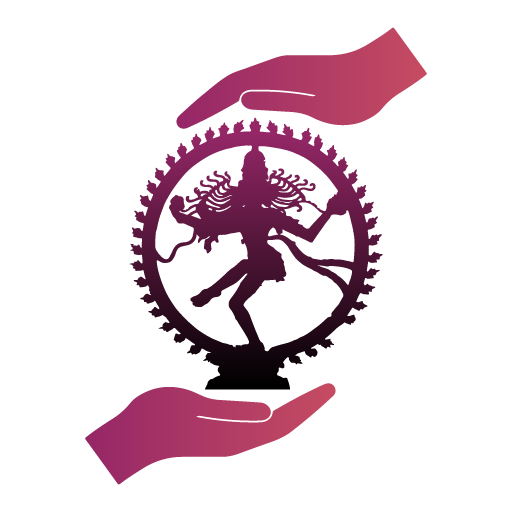Domain:Oral traditions and expressions
State: West Bengal
Description:
The kusan is a dramatic presentation of Ramayana folk theatre that was once found in many parts of North Bengal and Lower Assam in the part of North East India. It involves, singing, recitation of dialogue, acting, dancing, and musical accompaniment. The themes are essentially religious in nature and revolve around portions of Ram's sons Kush and Lob in the Ramayan. It’s an oral tradition probably influenced by Bangla Kritibasi Ramayan and uses the local language in the time dialogue and song. There is a distinctive hierarchy of performers in the kusan theatre. The main performer who is also the leader of the group, is the 'geedal' or 'mool' who plays the main instrument, the Byana (single stringed instrument). The geedal gives the narration in Bengali, in Kamatapuri or Rajbangsi as there were the areas covered by the historical state of Kamatapur. Bengali is the official language of both Bangladesh and West Bengal. The supporting singer-cum-actors are known as 'paiil' or ‘daina pail’. Secondary to the geedal is the doaree. This secondary narrator gives almost the same narration, but instead of a more standard Bengali (Bangla Bhasha), he translates it into a local vernacular dialect of Rangpuri or Rajbongshi.
 Government of India
Government of India

































 Recognizing the ongoing need to position itself for the digital future, Indian Culture is an initiative by the Ministry of Culture. A platform that hosts data of cultural relevance from various repositories and institutions all over India.
Recognizing the ongoing need to position itself for the digital future, Indian Culture is an initiative by the Ministry of Culture. A platform that hosts data of cultural relevance from various repositories and institutions all over India.